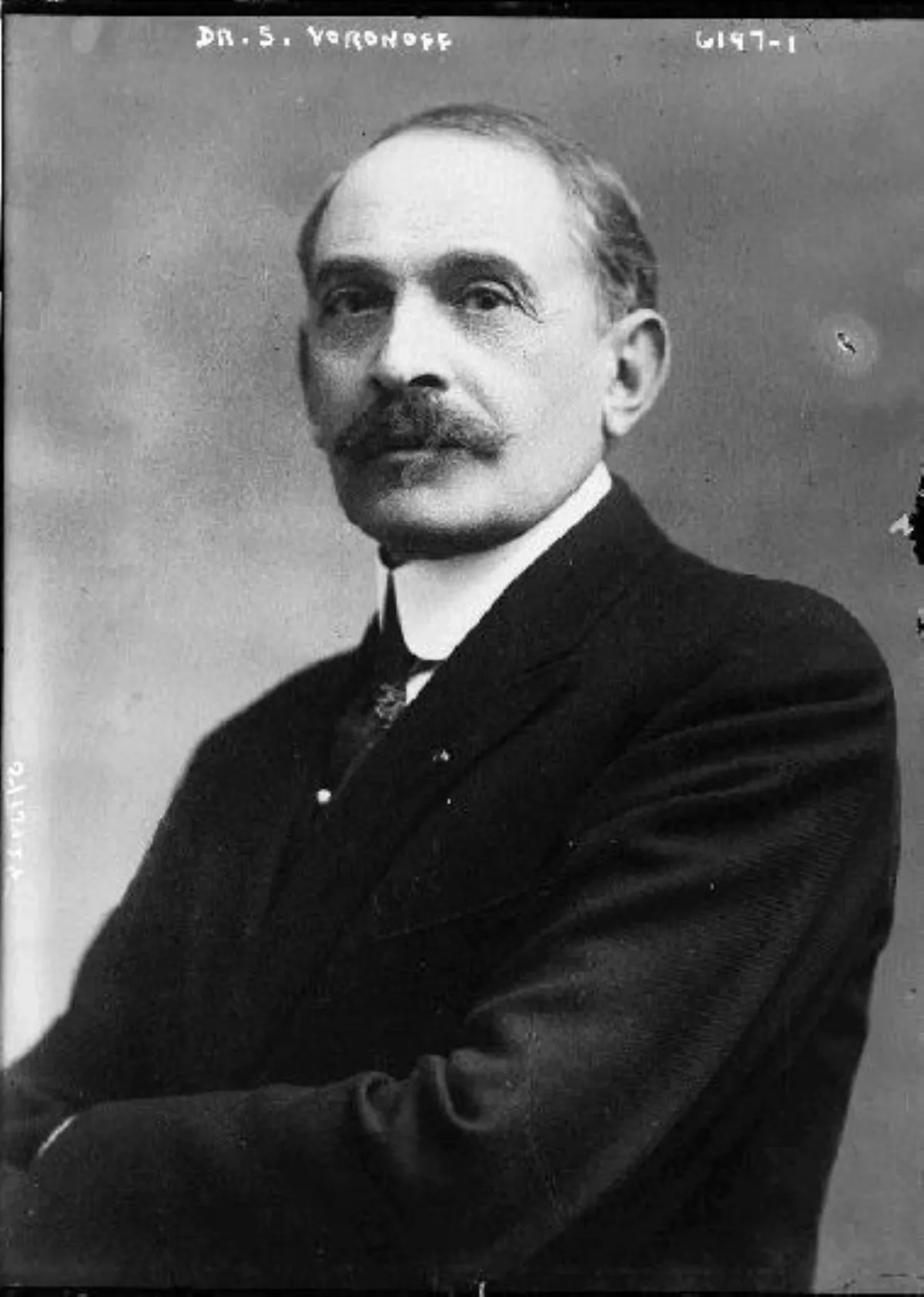 1.
1. Serge Abrahamovitch Voronoff was a French surgeon of Russian origin who gained fame for his practice of xenotransplantation of monkey testicle tissues onto the testicles of men, purportedly as an anti-aging therapy while working in France in the 1920s and 1930s.